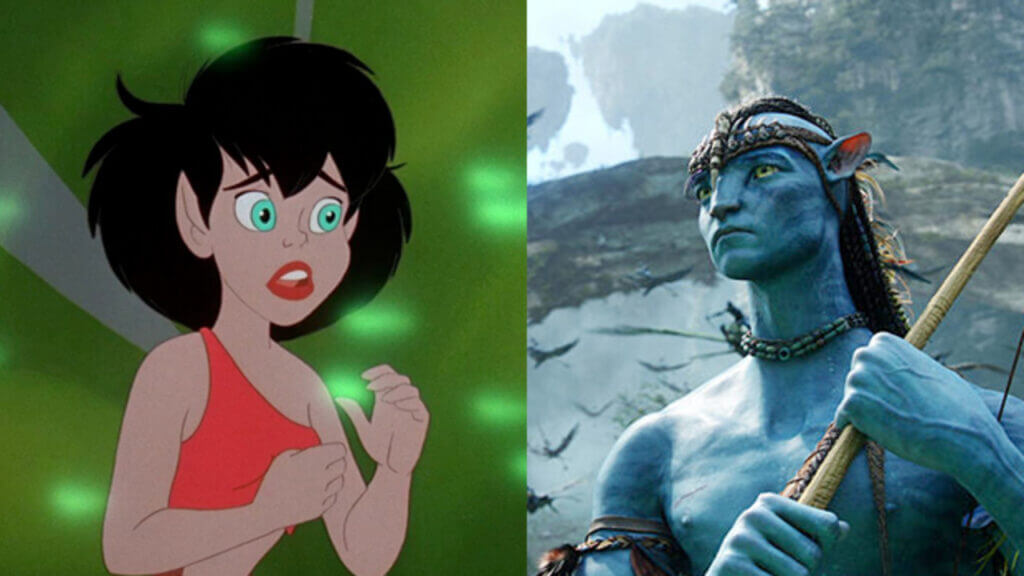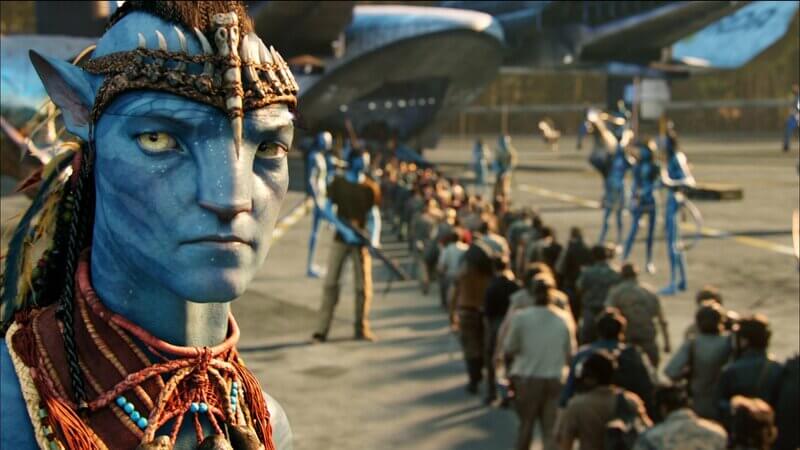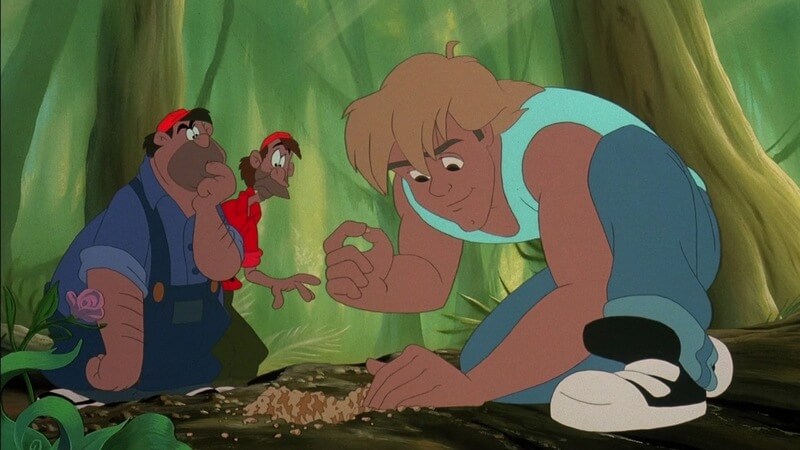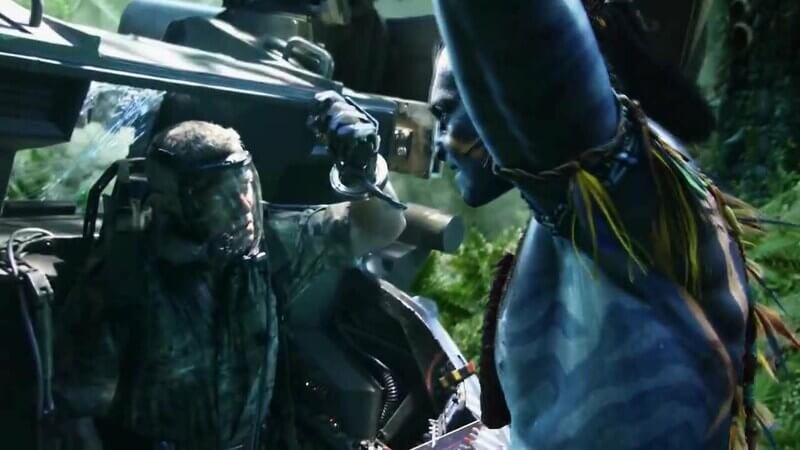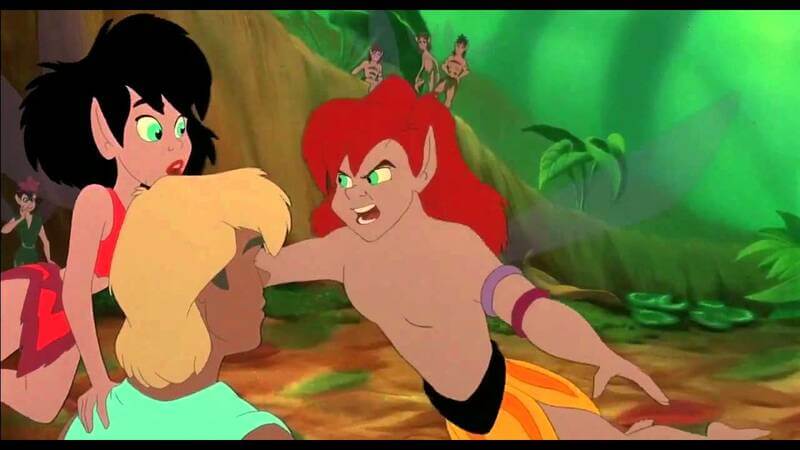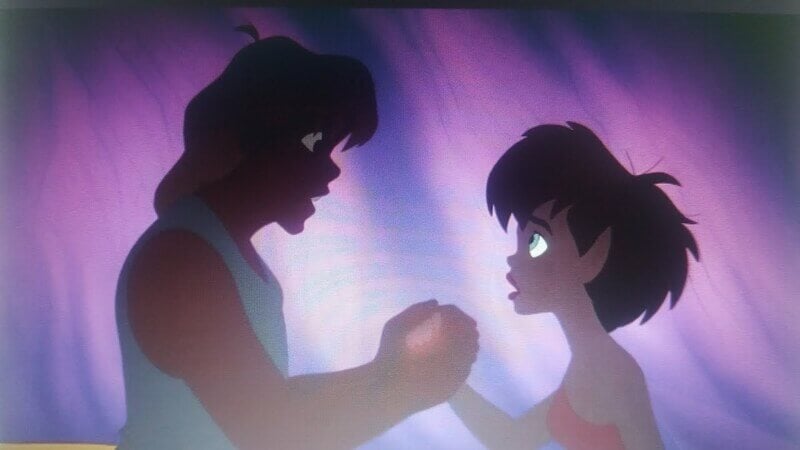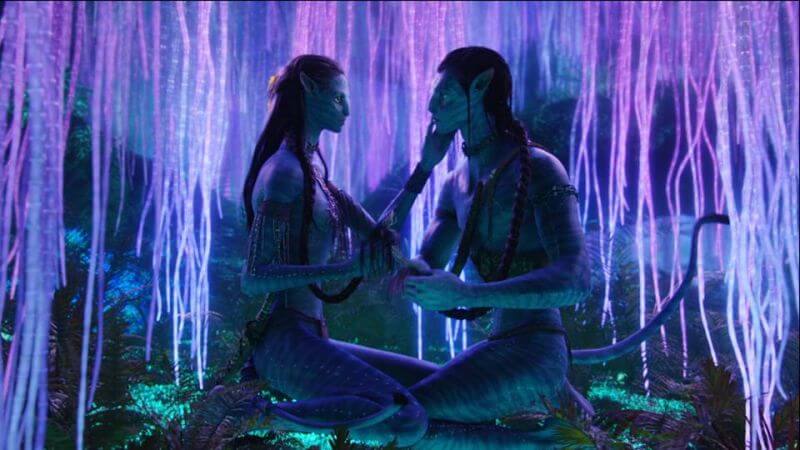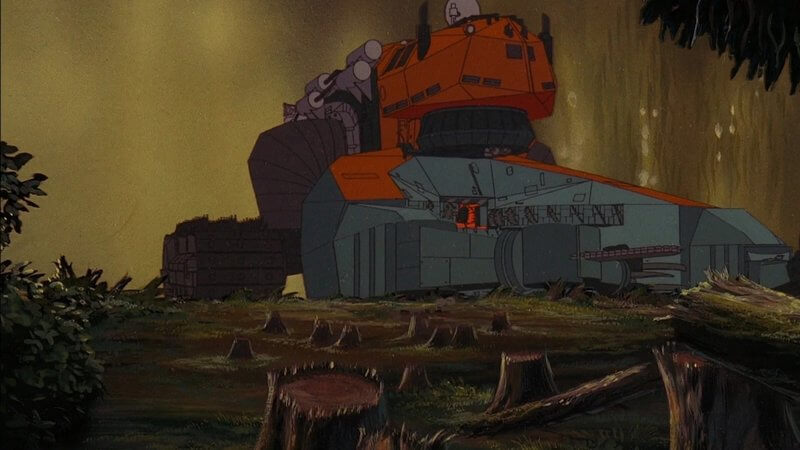Skip To...
Movies are known to utilize the same tropes over and over again. The same can be said for all manner of storytelling media like videogames, comics, and novels. However, some movies are plain rip-offs of other movies, no two ways about it. I argue that James Cameron’s Avatar is one such movie.
Indeed, it doesn’t require thorough analysis to realize that Avatar perfectly emulates the 1992 animated movie FernGully: The Last Rainforest. The evidence stares you in the face upon watching each film. But just for fun, we thought we’d go into the 10 top ways that Avatar and FernGully: The Last Rainforest are the same movie. And so, we begin:
10) Nature Wins, Tech Loses
In Avatar and FernGully, Nature wins, and technology loses. Or, at the very least, Nature wins the battle of the story. In neither movie do we know which side ultimately wins the war. FernGully hasn’t seen a sequel since the 1998 straight-to-video FernGully: The Magical Rescue. However, James Cameron’s promise of future Avatar sequels leaves the war for Nature’s outcome wide open.
Regardless, both movies end on a hopeful note. In FernGully, technology – and the personification of anti-environmentalism, Hexxus – are defeated, and the humans seem to learn their lesson. Meanwhile, the Fairies’ home is saved from destruction. Likewise, FernGully.
9) Humanity is the Bad Guy
Both Avatar and FernGully make one thing clear: humanity sucks. Either through negligence or intent, the movies preach, humanity is the enemy of nature. But also, the movies show us that humanity’s insatiable greed is what causes the environment’s downfall.
Neither the tree-cutters nor RDA Security Operations cares about the environment. They are only interested in the end result that comes from their actions. In this sense, the movies are awfully similar.
8) Jake and Zak Undergo Change
Jake and Sully, both alien to the worlds they enter (Pandora and Ferngully), undergo character development from start to finish. Both heroes end their respective movies with greater knowledge of the ‘tribe’ and greater respect for their culture and the environment.
However, it would seem this doesn’t just show character development on a narrative level. Rather, being audience surrogates, Zak and Jake’s changes reflect the authors’ desire for their audience’s attitudes to change towards the environment.
7) The Male Love Rival
Both Zak and Jake act as love interests for Crysta and Neytiri. However, at first, they earn a rival in the man their romantic interest grew up with. Ultimately, though, the female protagonist favors the male protagonist over her childhood friend in one form or another.
Regarding Avatar, Neytiri is initially betrothed to Tsu’tey via arranged marriage. However, throughout the film, she falls in love with Jake and marries him instead. Crysta similarly has a thing for Zak and obviously prefers him over her arrogant childhood buddy, Pip (whom himself yearns for her affections). The only difference, of course, is that while Jake and Neytiri consummate, Zak and Crysta don’t, making their story far more bittersweet (that said, Pip doesn’t win her heart, either).
6) The Primitives Have Strange Powers
Avatar and Ferngully are similar in how they portray their respective primitive races. Not only are both the fairies and Na’vi depicted as the victims of human industrialization, but they have strange powers of their own. The likes of which their human counterparts have trouble understanding.
The fairies have magic spells that can shrink humans and more and have a natural connection to the woods. Similarly, the Na’vi’s ability to bond with the wildlife and the Hometree have mystical connotations.
5) Jake and Zak Lie At First
This classic narrative trope is a staple of ‘Trapped in Another World’ movies. At first, Zak and Jake lie about their origins to their new friends before their true natures are revealed. In the case of Zak, he lies to Crysta and the fairies about his involvement with the tree-cutters (even going along with Crysta’s assessment that the tree markings were magic wards). As for Jake, he tells the Na’vi that he is a part of the faraway ‘Jarhead clan’ and completely hides his human identity.
While both male heroes hide their origins for different reasons, there is a similarity here. Zak and Jake don’t want to win the ire of their respective newfound comrades and, eventually, feel guilty for their associations with the humans.
4) The Outsider Falls in Love with the Female Insider
Zak Young and Jake Sully are similar in a few ways. One of these is that each of them falls in love with their movie’s female lead. For Zak, it’s the fairy Crysta – for Sully. It’s the Na’vi warrior, Neytiri.
The pair of films also have the female character become the male protagonist’s guide into their culture and world. And, yes, as this unfolds, there is ample flirting in the two films, ending with kisses. Alas, the major difference is that Zak and Crysta don’t end up together while Jake and Neytiri do.
3) Primitives vs. Advanced Culture
Both movies possess two factions – the nature-loving primitive race and the technologically-advanced human race. In addition, while the primitive race greatly values their natural world, the advanced human race possesses no respect for it, only seeing it as an end to their means.
In addition, both the fairies and the Na’vi are deeply spiritual beings whose contemplative lives are rooted in nature. The species of these films also possess mystical abilities unusable by human beings and are presented as the victims of their respective films.
2) Naïve Newcomer Enters another World
Both Avatar and Ferngully employ the ‘Naïve Newcomer’ trope combined with the Audience Surrogate. In Avatar, we view the narrative through Jake Sully’s eyes. Meanwhile, Ferngully has us view the narrative through Zak Young’s eyes.
Both characters are human beings who enter the natural world and build newfound respect for it as part of their development. Both Jake and Zak eventually join forces with the natives of their respective worlds to battle the opposing mechanical forces.
1) Avatar and Ferngully’s Environmental Message
The biggest thing that connects Avatar to Ferngully is its environmental message. Both movies carry the same moral lesson: we must protect the natural world and stop wrecking it with manmade machines.
In Ferngully, the machines are feller-bunchers. In Avatar, meanwhile, the machines are giant, pilotable humanoid robots. The narratives employ different skins but are ultimately the same. And while there is nothing wrong with an environmental message, both movies drop it on the audience with the subtlety of an anvil.

